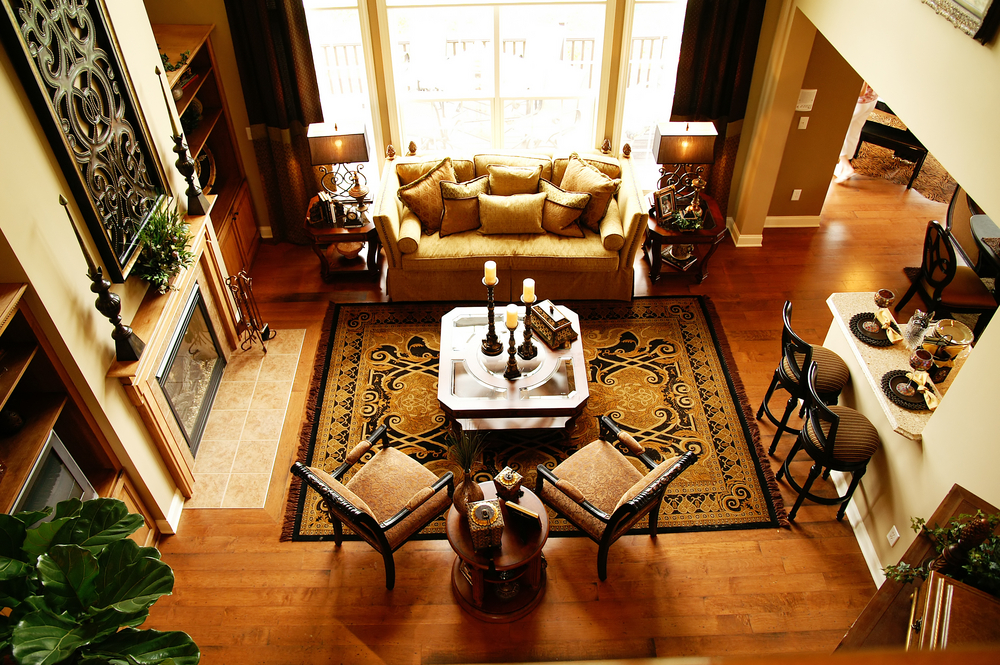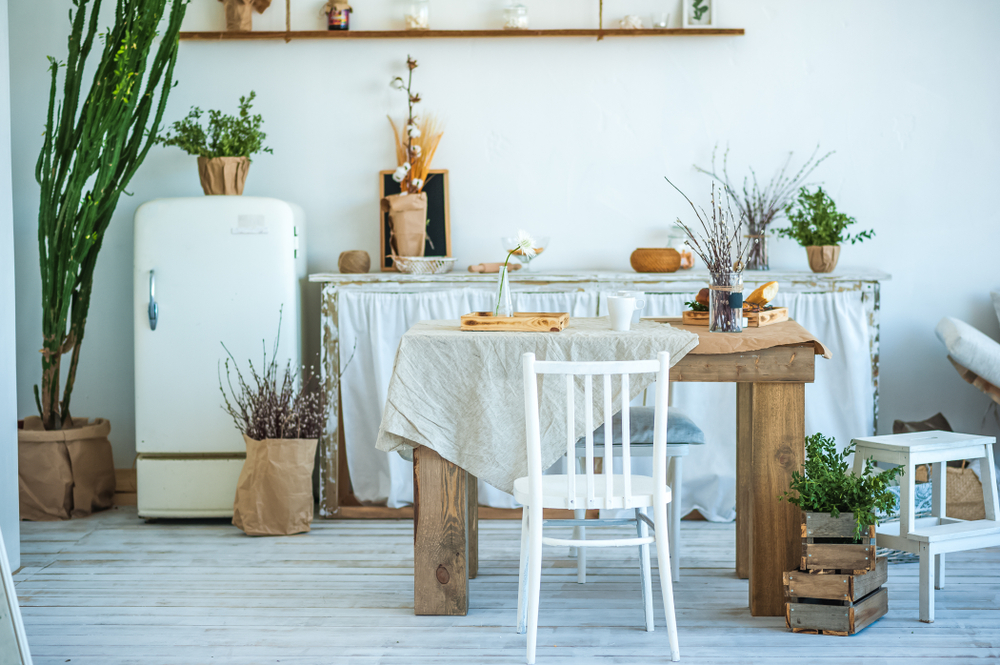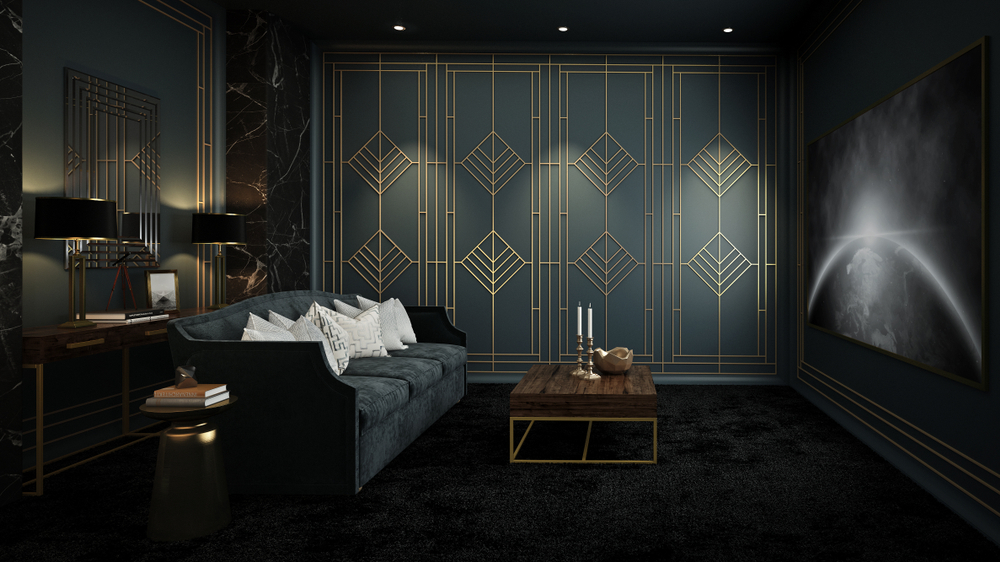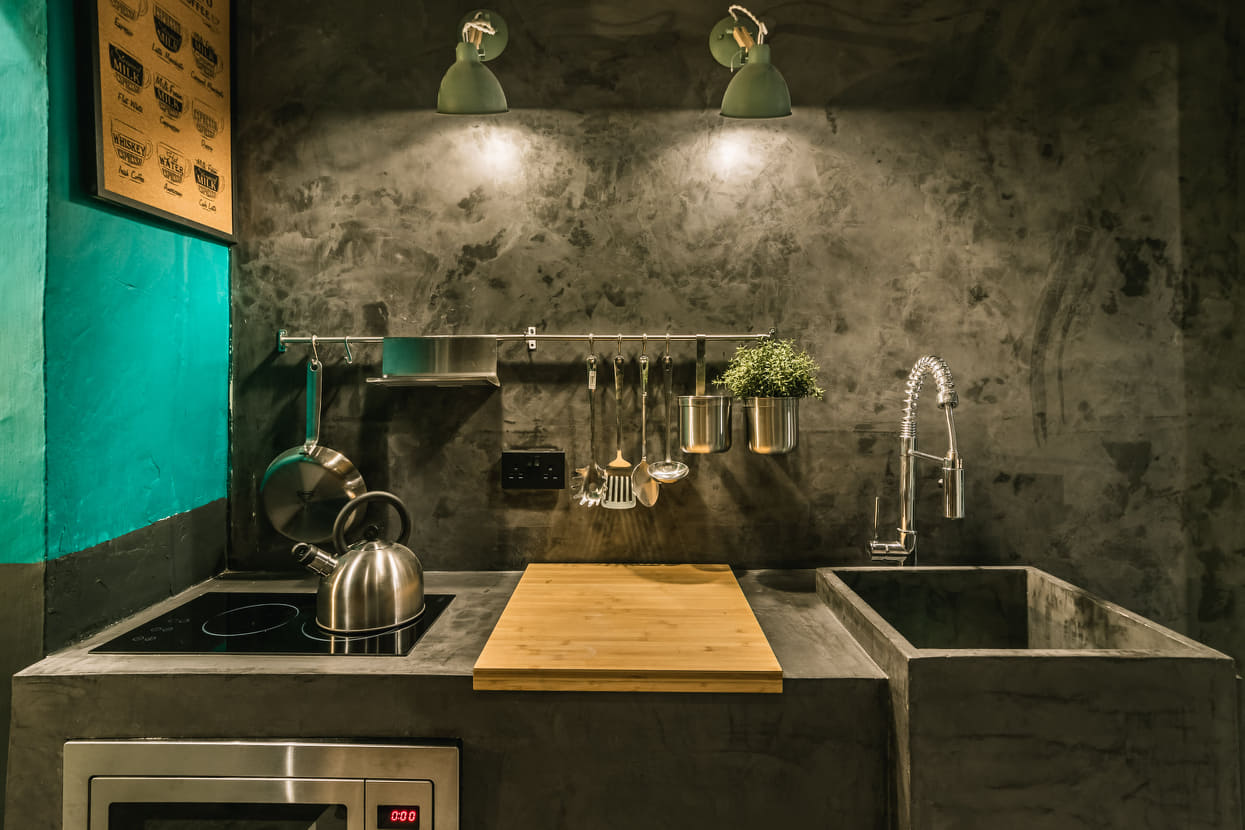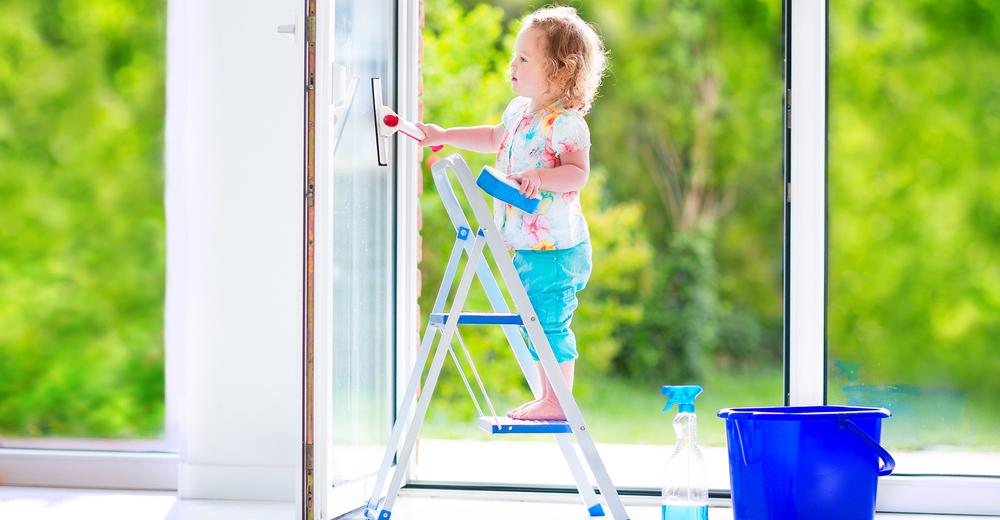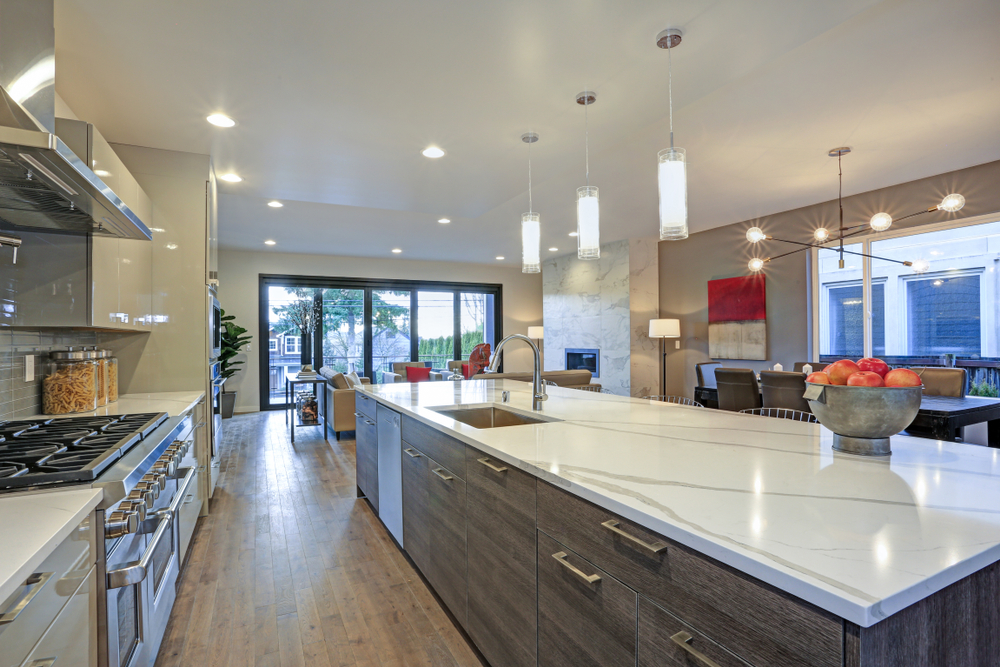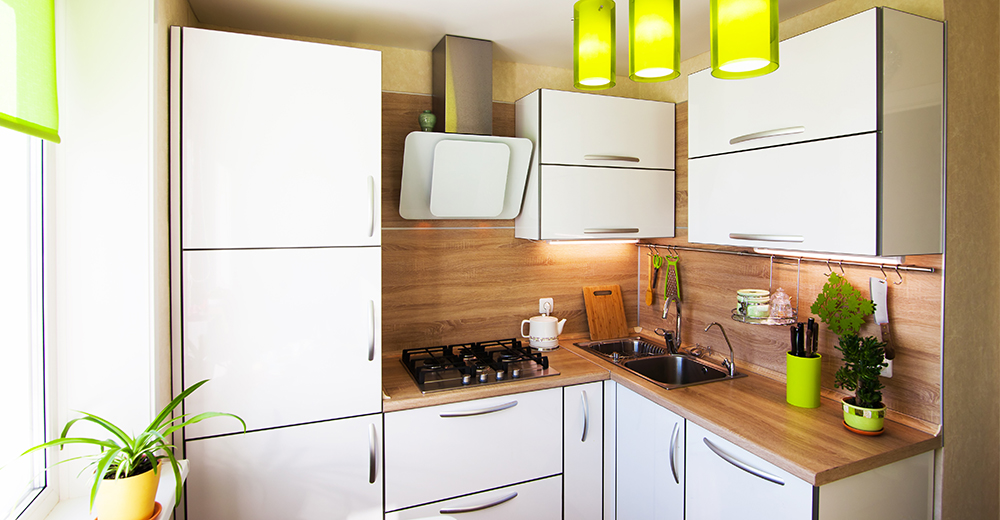Last week’s article focused on five interior design styles – but they’re many other styles in the design world. This week, we’re taking a look at 4 other design styles that are just as well known, and definitely worth looking at if you plan on renovating your house or designing your new home.
The biggest challenge people face when they hire an interior designer is using the right vocabulary to describe their interior design style and define their personal tastes. There’s a hefty list of design styles out there, and for most homeowners, the finish they want in their room doesn’t squarely belong to just one style, but actually combines elements of different styles.
Traditional
The traditional interior design is based upon the styles of Western homes built during the 18th-and-19th centuries. Furniture is the commanding characteristic of traditional design. The principles of order, symmetry and proportion lay the foundation to traditional design. Similar to the way special attention is given the base, shaft, and capital of a column, interior spaces place prioritise 3 distinct elements of a room – the floor, wall, and ceiling.
Signature
Meticulously crafted wall panels, covings, fireplace mantels, French doors, chair rails, window treatments, needlework, fabrics, are all trademarks of traditional design.
Colours
Warm reds and burgundy, vibrant greens, regal golds, yellows, and blues. Large areas of solid colour are often broken up with patterns or other accents. Fabrics add lots of texture or pattern with geometric, striped, or floral designs in large and small sizes.
Material
Dark finished wood and fabrics such as velvet, silk, or brocade
Rustic
‘Start with what the house can give you’. This basic concept lies at the heart of rustic design, which emphasizes naturalness, careless elegance and accentuated roughness of natural ambience.
Signature
No clean lines – hand-made creation of furniture items and decorative elements. Rustic design takes a sharp step away from straight lines and fabricated symmetry, embracing the more natural characteristics found in rural areas.
Colours
Natural colours (shades of brown, green, gold, grey)
Materials
The use of natural materials (wood, stone, textured fabrics: canvas, burlap. The absence of modern materials: metal, plastic, synthetic fabrics
Shabby Chic
Shabby Chic is an eclectic style that mixes antique furniture with pastel colours, lace and feminine florals, and is often also referred to as country chic or vintage chic. It puts forth an artistic-yet-elegant vibe, plus gives the designer plenty of freedom to bring their own spin to the table. Most of the time, the “shabby” part of “shabby chic” refers to items that feature a weathered or antique aesthetic.
Signature
Upcycled furniture, antique units, vintage pieces
Colours
Besides white, the shabby chic style also includes soft neutral colours such as sky blue, rose pink and beige tones.
Materials
The style is best achieved with a variety of natural materials. Wood, bamboo rugs, a variety of clay or stone accessories like vases or coasters. Fabrics tend to include cotton and linens, with linen being particularly popular.
Transitional
If ultra-modern looks feel uncomfortable, too stark, or too sleek to feel homey, and a more traditional style reminds you of your grandma’s house, then a transitional style might be what you are looking for. Transitional looks borrow the clean lines, textiles, and simplistic nature that defines contemporary design, but do not shy away from opting for big furniture pieces
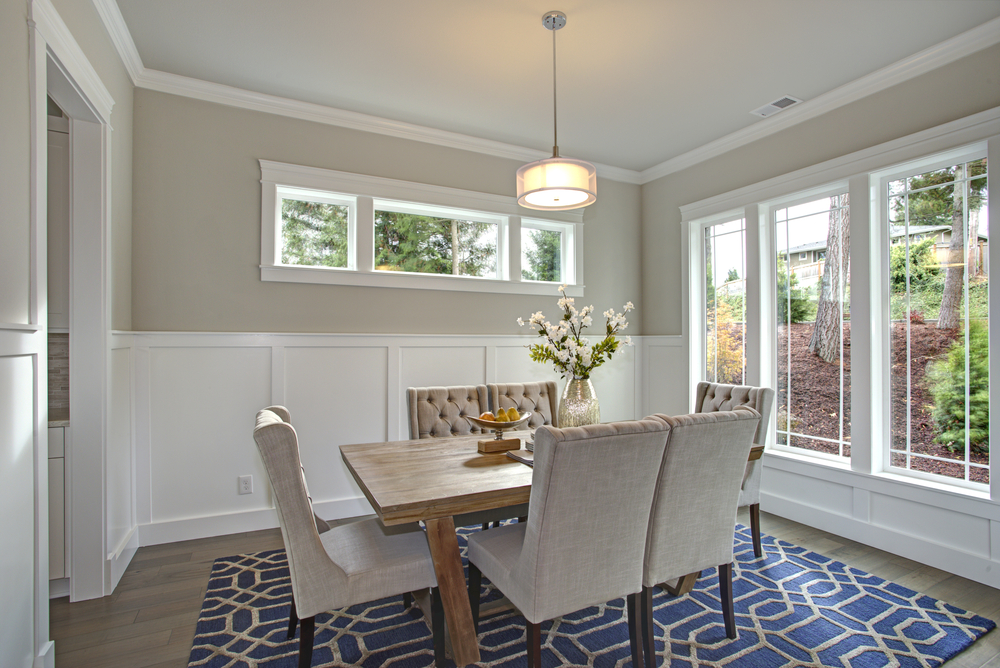
Signature
Use of button-tufting, nailhead trim and existing architectural features such as fireplaces and cornicing.
Colours
Choose soft greys over harsh blacks and warm tans rather than harsher, deep browns. When you do add pops of colour, make sure they drive home that serene feeling with pastels such as blues, softer shades of greens, and purples.
Material
In transitional design, furniture truly takes centre stage. These pieces are often larger and take up a commanding presence in the room. Ideally, they form the basis of your design and the rest of the room is built around them. A transitional design may incorporate modern materials, such as steel and glass, and then unite them with plush furnishings.
Art Deco
Are you a big fan of “The Great Gatsby”? Do you dream of the Roaring Twenties, complete with flapper dresses, swing dancing and everything in between? Art Deco (c. 1905 – 1930) is one of the twentieth century’s most iconic styles – a symbol of the glamour and sophistication defined by the Golden Twenties and the first big shift away from the austerity and heavy decoration of the Victorian era.
Signature
A bold, geometric pattern is practically a must-have element in any Art Deco room.
Colours
Unlike the other styles, art deco is all about colour – there are two main options: if you’re going neutral, opt for saturated shades – creamy whites, chocolate browns and heavy blacks, and finish with bold accent colors; if you’re a fan of colour, deck out walls, furniture, and the floor in rich shades – deep yellow, reds, greens, and blues.
Material
Art Deco’s retro vibe embraces weighty, almost oversized pieces. Pieces are often topped with mirrors or given a shiny finish. Staple materials include stainless steel, mirrors, chrome, glass, lacquer, and inlaid wood.
Which interior design style (or styles) resonates with your tastes? And which styles would you like to see next?
